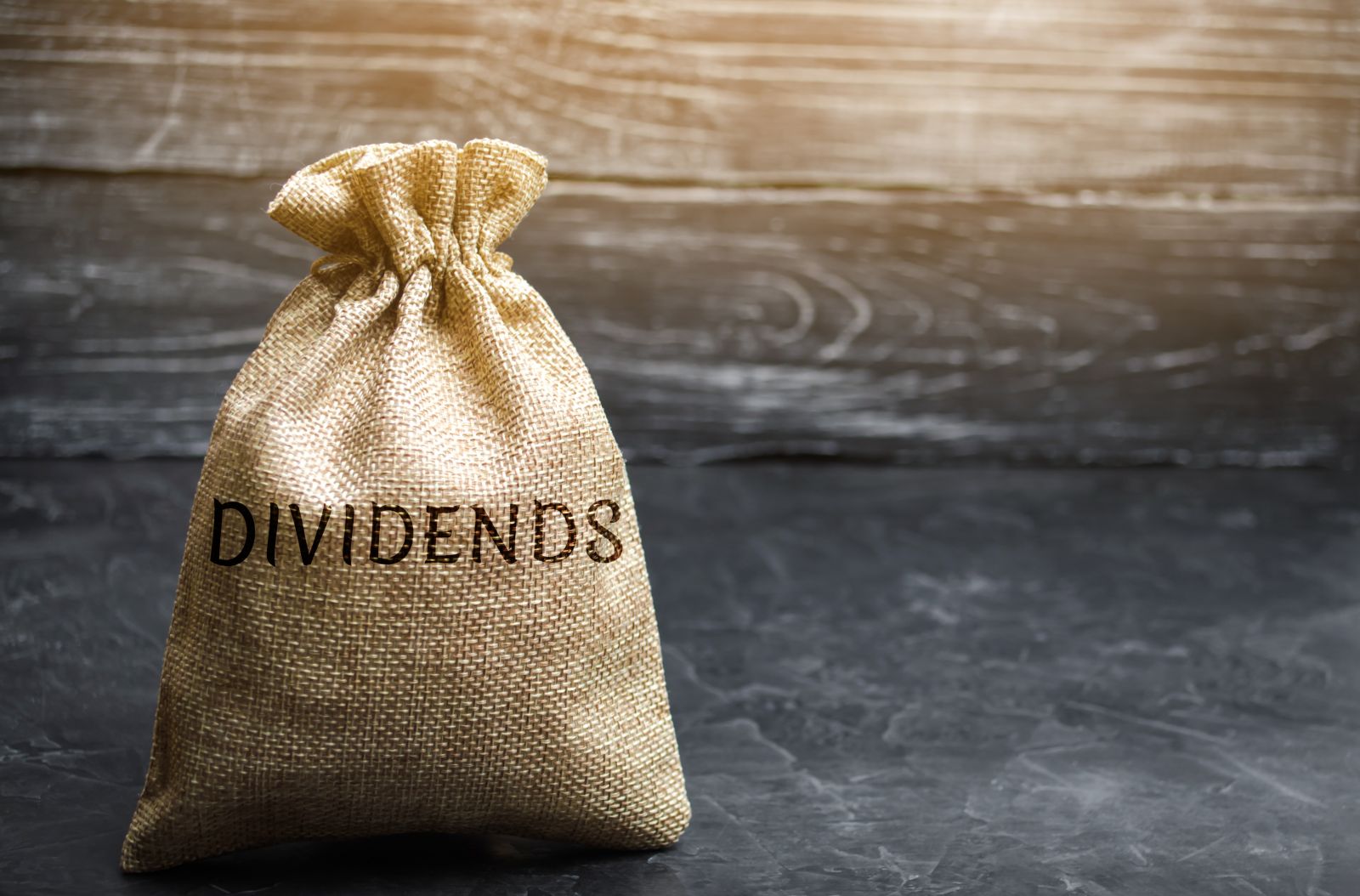
Every investment portfolio needs a solid backbone, a core that will ideally ensure that your financial goals are met. What this core might look like depends on where you are in the financial journey: growth stocks and riskier assets when you’re a long way from retirement; as I’ve discussed before, de-risking as you get closer to retirement; or simply looking for high and reliable levels of passive income.
Most often, I've found that people invest for one of two reasons. The first reason is growth. People want to grow their money as fast as possible, and as quickly as possible.
The second reason is to generate income now. This second type of investor is an income investor. This investor seeks to build an investment portfolio of assets — dividend stocks, bonds, Treasuries, real estate, etc. — that generates income on a steady and recurring basis.
Dividends may not be of interest to every investor, but when I was an advisor, I found this to be a mistake. Although income investing is most often associated with retired investors, it should be part of every investor’s portfolio.
Income-producing stocks and other assets can be the stable foundation of any portfolio, retiree or not, because of their defensive qualities.
Thanks to their regular cash payments, dividend stocks tend to be less volatile and serve as buffers during recessions and bear markets. For example, the S&P 500 Index ($SPX) lost more than 18% in 2022, but the Dividend Aristocrats - companies in the S&P 500 Index that have raised their dividends for at least 25 years in a row - lost only about 6%.

Income Investing Is Different
If you want to build a reliable income stream from stocks, you must start buying shares, no matter where you think the broader market is going. I found this to be a tough concept for investors to grasp who are used to trying to figure out whether the market is going up or down.
This is a two-step process. The first step is to find stocks with a good yield, and with the most secure cash flows to pay dividends. In simple terms, it’s a company’s ability to generate free cash flow that determines its dividend-paying potential.
The second step is to buy shares of attractive dividend-paying stocks or other investments… and to hold on to those shares to earn a stable income stream. To grow your income stream, more shares are purchased, either through dividend reinvestment or by adding more capital to your holdings.
So what are the signs to look out for, and the pitfalls to avoid, when looking at dividends?
How to Find “Safe” Dividends
There are several ways to check that a company will be able to fund a decent and, ideally, a growing dividend payout.
Yields vary by sector and industry. Real estate, energy, and utilities companies generally have a higher dividend yield. Technology and communications firms, as well as companies that provide non-essential consumer goods and services, have lower average yields – currently less than 1%, according to S&P Dow Jones Indices.
And, as I warned my clients, try not to be dazzled by the stocks with the highest dividend yields. Usually, a super-high yield will either signal a troubled company whose stock price is sinking, or it may simply indicate an unsustainably high payout.
One way to tell whether a company can afford to keep paying – or potentially raise – its dividend is to look at the percentage of earnings it pays out as dividends, known as the payout ratio.Although the average payout ratio for the S&P 500 was recently around 37%, this also varies by industry. Technology companies pay out, on average, only about 21% of their profits, retaining the rest for internal investments, such as research. Energy companies have recently been paying about 50% of their profits to investors.
Just as with dividend yields, a high payout ratio can be a warning sign. Consistently paying out more than 75% leaves little room for potential trouble.
Another factor dividend investors should pay close attention to is a company's free cash flow. That is the cash left over after expenditures to operate, maintain, and grow the business. That's where dividends come from.
Profits and earnings per share can vary significantly from the truest performance measure – cash flow. Many reported profit figures are “adjusted” or use an “alternative measure,” ignoring things like restructuring charges, large deferred acquisitions payments, or a looming debt refinancing. It is important to see if a company’s current capital allocation policy can be fed by the available free cash flow.
Next, check the balance sheet. High levels of debt represent a competing use of cash. If push comes to shove, a company is going to pay its creditors before it pays its dividends.
A good rule of thumb is to favor companies with a "current ratio" — a measure of the company's current assets versus its current liabilities — of 2 or higher, which is a good indicator of its ability to cover its short-term obligations.
Once you’ve done your homework, you can enjoy the efforts of your work. Keep in mind that, for example, if you invested $1,000 in a fund that tracked the S&P 500 Index on January 1, 1990, but didn't reinvest the dividends, your investment would have been worth $11,687 as of September 2022. But if you had reinvested the dividends, you would have ended up with a bit over $20,000 —nearly double the returns.
If you’re in retirement, that could be the difference between staying in retirement or – as discussed by Forbes – becoming one of the 1.5 million Americans forced to “unretire” since March 2022 to cover expenses like medical insurance and other living expenses.
On the date of publication, Tony Daltorio did not have (either directly or indirectly) positions in any of the securities mentioned in this article. All information and data in this article is solely for informational purposes. For more information please view the Barchart Disclosure Policy here.






